In the world of classic cars, hideaway wipers are a subtle yet significant feature that many vintage car enthusiasts appreciate. These wipers, which tuck away under the hood when not in use, offer a cleaner aesthetic and speak to an era when design and functionality were harmoniously balanced. Enthusiasts often marvel at how such a small detail can contribute to the overall beauty and efficiency of a vehicle, making these wipers a cherished aspect of automotive history.
The Aesthetic Appeal of Hideaway Wipers
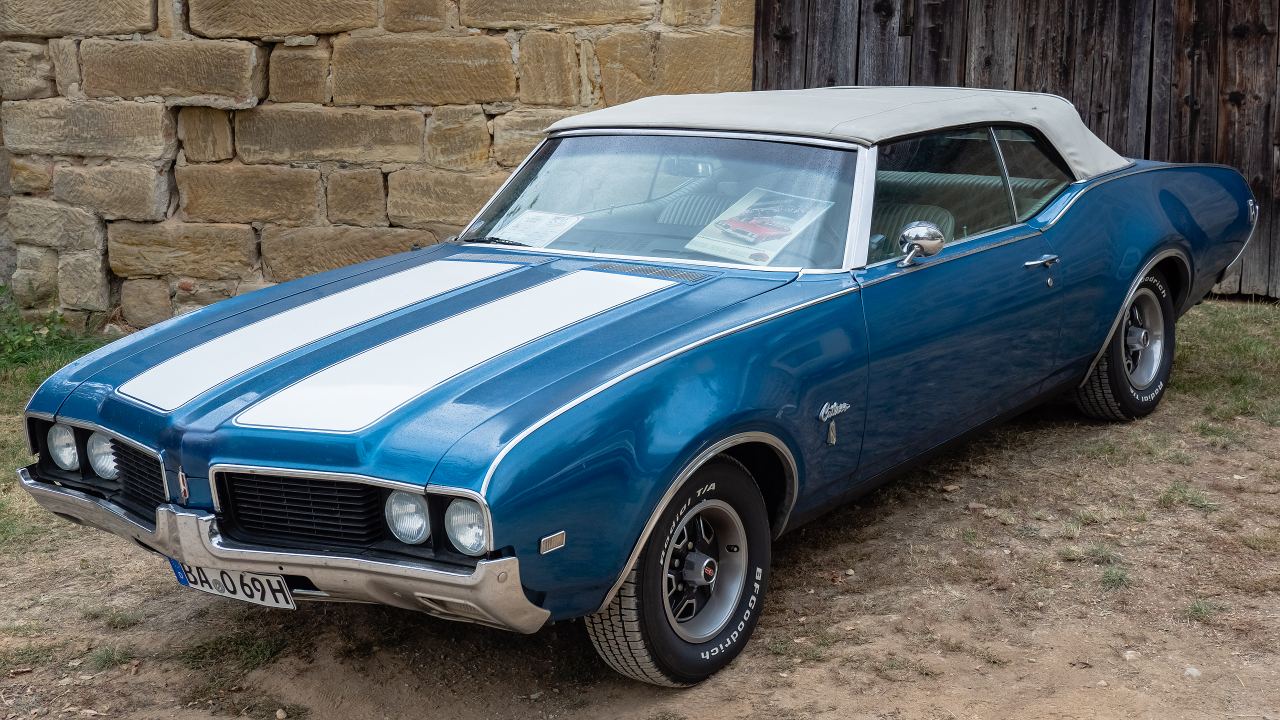
One of the primary reasons automakers installed hideaway wipers on classic cars was the pursuit of a streamlined design. During the peak of their popularity in the 1960s and 1970s, vehicles were celebrated for their sleek lines and smooth surfaces. Hideaway wipers contributed significantly to this aesthetic by eliminating protruding elements on the windshield. By tucking the wipers under the hood, designers could maintain the car’s uninterrupted lines, enhancing the vehicle’s overall visual harmony.
The impact of this design choice extends beyond mere aesthetics. The absence of visible wipers allowed for an uninterrupted view of the car’s styling, drawing more attention to the vehicle’s form. For instance, the 1969 Chevrolet Camaro and the 1970 Ford Mustang both featured hideaway wipers, which accentuated their bold, muscular contours. This design choice not only pleased the eye but also conveyed a sense of innovation and sophistication, setting these vehicles apart from their contemporaries.
Functional Benefits of Hideaway Wipers
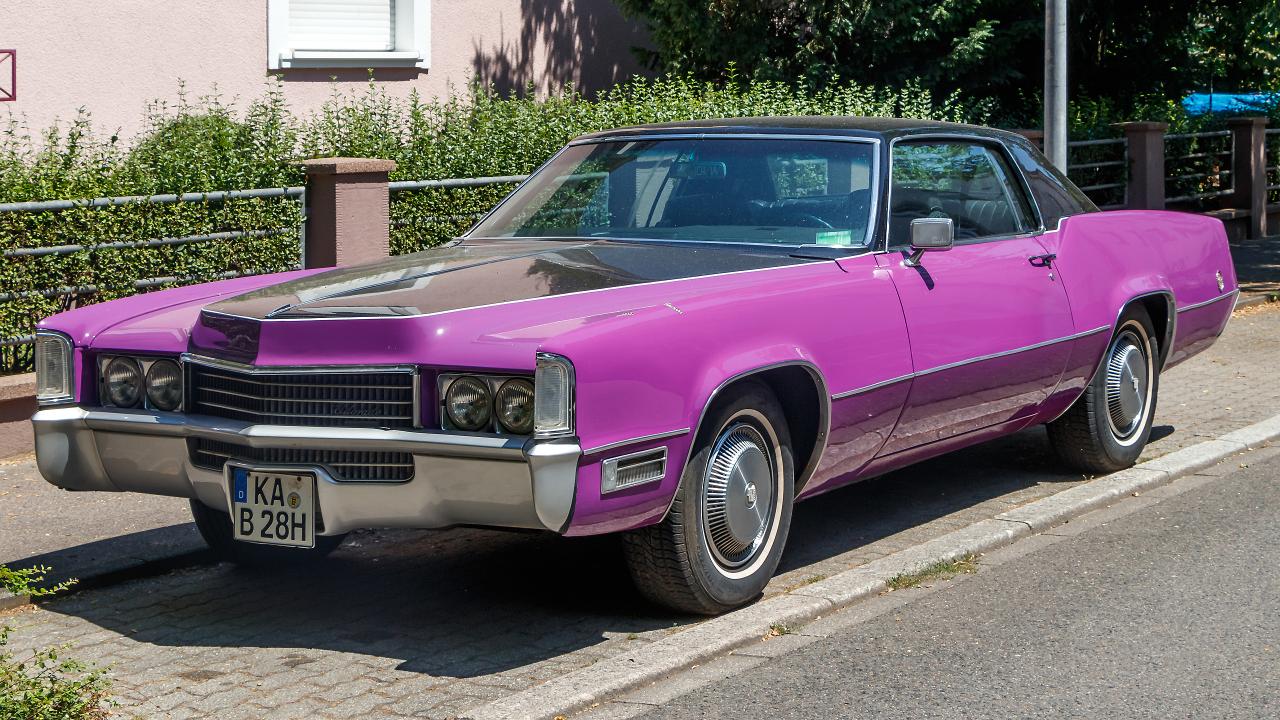
Beyond visual appeal, hideaway wipers offered functional benefits that contributed to a car’s performance. One notable advantage was improved aerodynamics. By hiding the wipers, automakers reduced wind resistance, which could have a positive effect on fuel efficiency and overall vehicle performance. While the effect on aerodynamics might seem minor, in an era where every detail mattered, this small enhancement was significant.
Additionally, hideaway wipers provided protection from the elements. By tucking away under the hood, these wipers were shielded from harsh weather conditions such as rain, snow, and ice, leading to increased longevity and reliability. This protection ensured that the wipers remained in good working condition for longer periods, reducing the need for frequent replacements. Such durability was an attractive feature for consumers, who valued both aesthetics and practicality in their vehicles.
The Technology Behind Hideaway Wipers
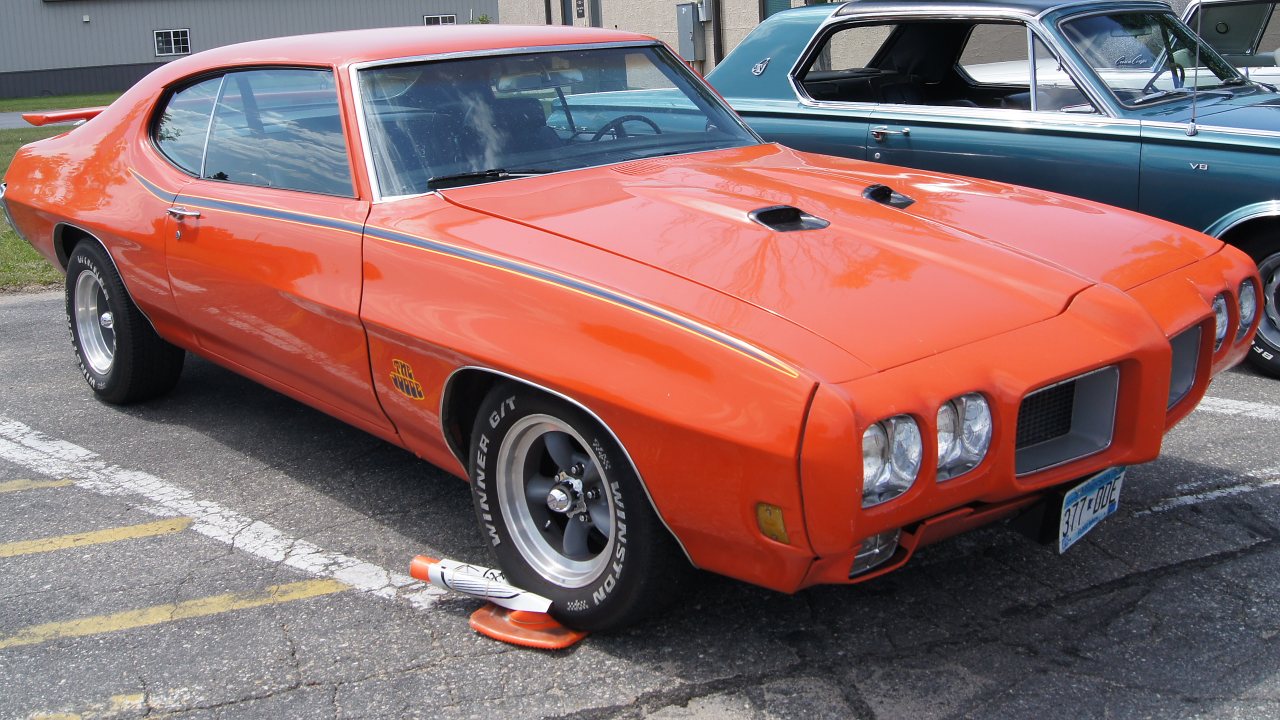
The installation of hideaway wipers was made possible by several engineering innovations. Automakers developed new linkage systems and motors that allowed the wipers to retract smoothly under the hood. These advancements required precise engineering to ensure the wipers operated effectively without compromising the vehicle’s design. The 1970 Pontiac GTO, for example, demonstrated such engineering prowess with its reliable hideaway wiper system.
However, the development of these systems was not without challenges. Automakers had to overcome issues related to the complexity of the mechanisms and potential malfunctions. Engineers worked diligently to design linkage systems that were both compact and robust. By refining the technology and conducting extensive testing, manufacturers delivered reliable hideaway wiper systems that met consumer expectations. These efforts highlight the ingenuity and determination of the era’s automotive engineers.
Market Demand and Consumer Preferences
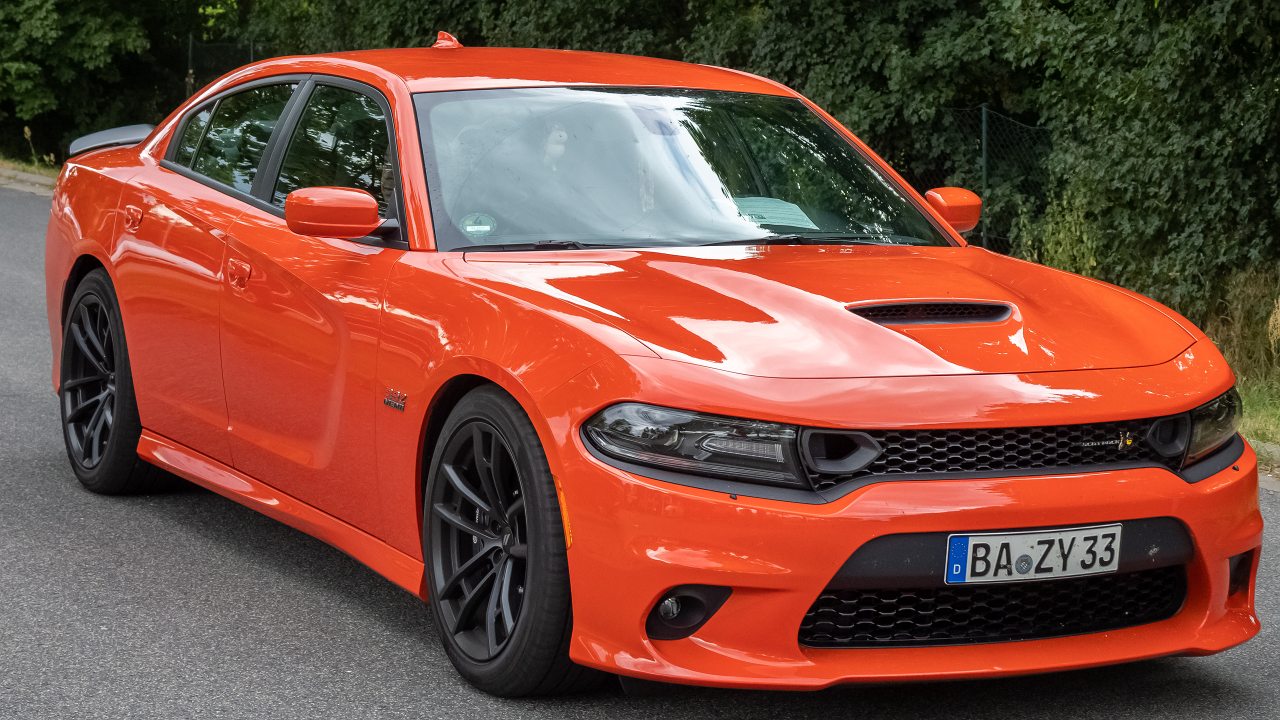
The introduction of hideaway wipers was also driven by consumer demand for luxury features and cutting-edge technology. As the automotive industry evolved, buyers increasingly sought vehicles that offered more than just basic transportation. They desired cars that reflected their aspirations and offered unique features that set them apart. Hideaway wipers, with their blend of form and function, fit this demand perfectly.
Competition among automakers further fueled the popularity of hideaway wipers. Companies were eager to differentiate their products and attract consumers with innovative features. This rivalry led to a proliferation of creative design elements, including hideaway wipers, as manufacturers sought to outdo each other. The success of this approach is evident in the enduring legacy of classic cars that featured such innovations. As detailed in automotive histories, these vehicles remain highly sought after by collectors and enthusiasts alike.
Legacy and Impact on Modern Automotive Design

The design principles behind hideaway wipers have left a lasting impression on modern automotive design. The concept of integrating functional elements seamlessly into a vehicle’s design continues to influence contemporary car models. Today, many automakers strive to achieve a balance between aesthetics and functionality, a philosophy rooted in the era of hideaway wipers. This legacy is evident in the way modern vehicles incorporate technology in a way that enhances both form and function.
Moreover, the concept of hideaway technology has seen a revival in contemporary cars, reflecting its lasting impact on automotive engineering and design. For example, some luxury brands have adopted retractable door handles and hidden exhaust outlets, drawing inspiration from the hideaway wiper concept. Such innovations are a testament to the enduring influence of the design ethos that made hideaway wipers a beloved feature of classic cars.
In conclusion, the installation of hideaway wipers on classic cars was driven by a combination of aesthetic desires, functional advantages, and market dynamics. These wipers not only enhanced the visual appeal of vehicles but also offered practical benefits that resonated with consumers. The engineering innovations that made them possible reflect the creativity and ambition of the automotive industry during that era. Today, the legacy of hideaway wipers lives on, influencing modern automotive design and inspiring new generations of car enthusiasts.
Like Fast Lane Only’s content? Be sure to follow us.
Here’s more from us:
*Created with AI assistance and editor review.

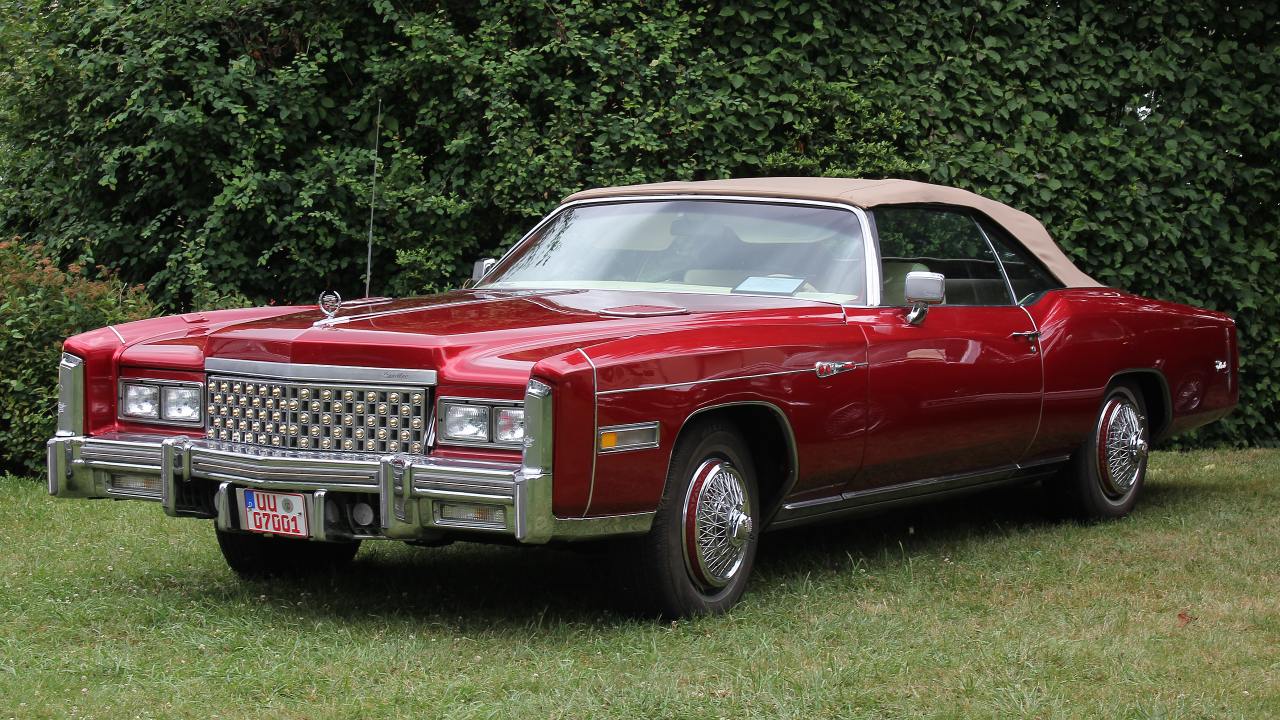

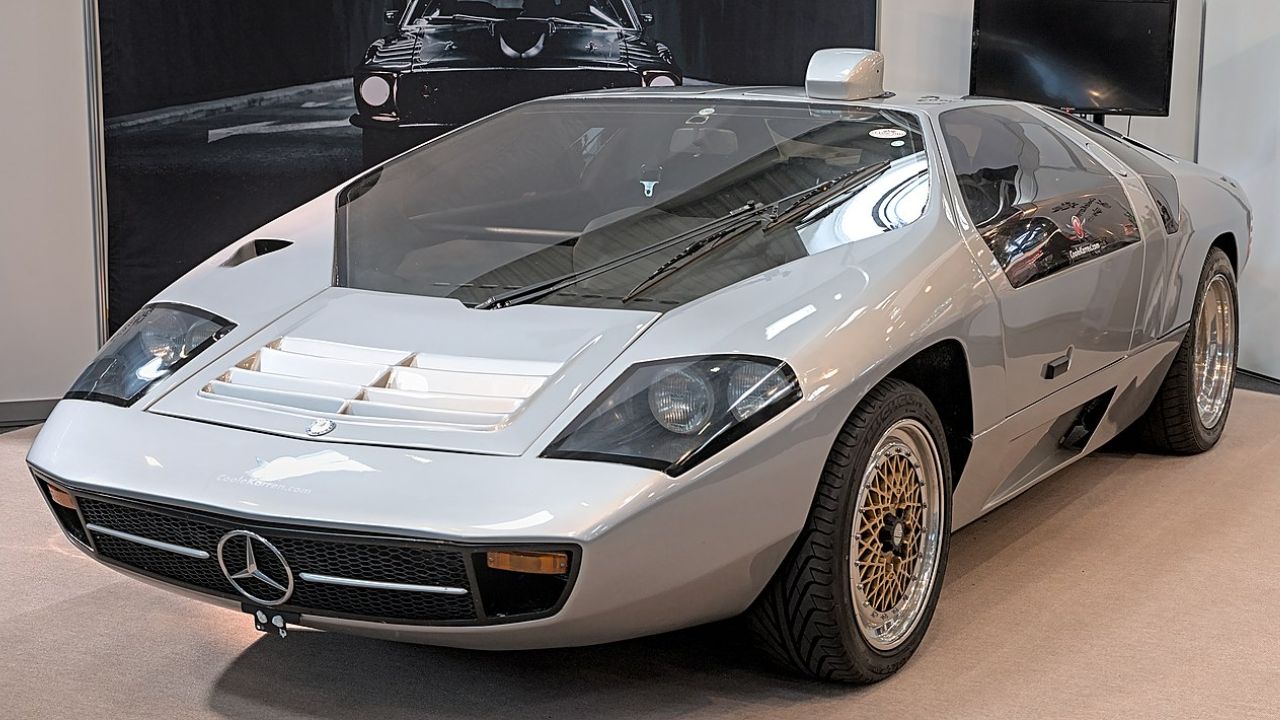

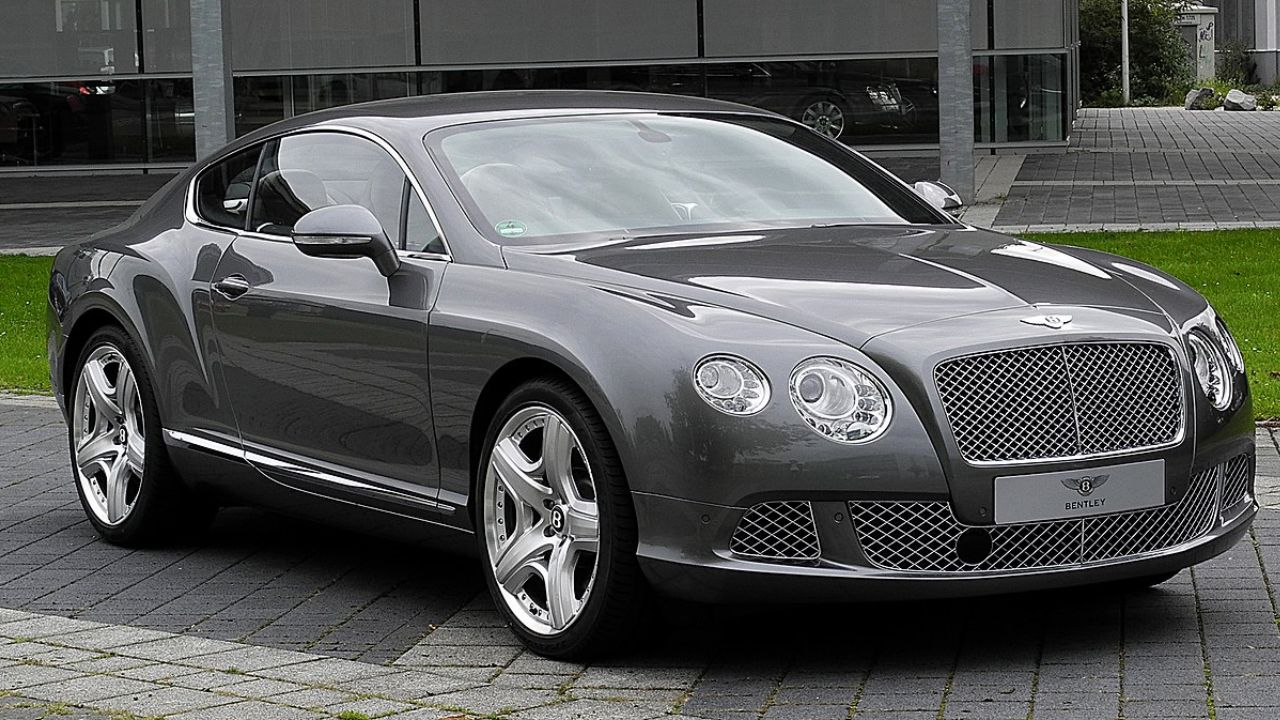

Leave a Reply